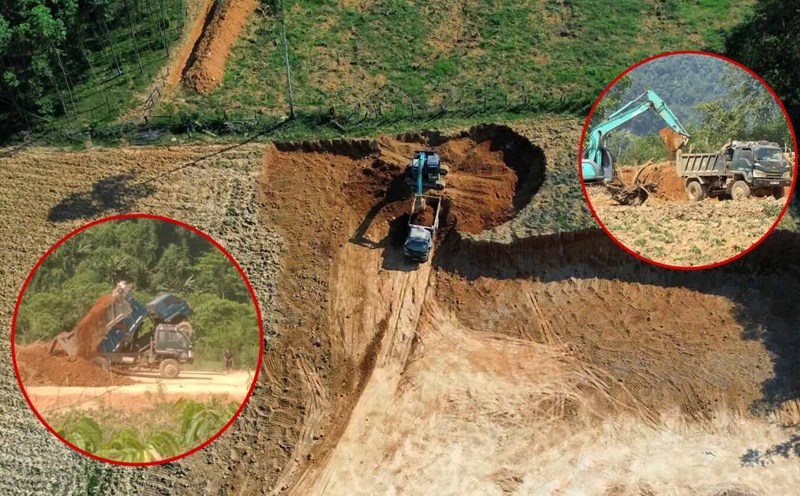According to the project, the newly merged province will be named Tay Ninh, with the administrative and political center located in Tan An City (current Long An province). However, in order to ensure a favorable transition and at the same time, reduce the difficulties in travel and activities of the contingent of cadres, civil servants and public employees, there will be plans to arrange personnel working in parallel at the current administrative headquarters of Tay Ninh province and the new administrative center.
The allocation of forces is calculated based on information technology infrastructure conditions, digital transformation levels, and local characteristics. This is considered a reasonable step in the context of a consolidation, both maintaining the effectiveness of the apparatus and ensuring psychological stability for the civil service team in the initial stage.
Over the years, Long An and Tay Ninh have both been dynamic localities, playing an important role in the key economic region of the South. Both provinces possess strategic locations, connecting with Ho Chi Minh City and the border provinces of Cambodia, with the advantage of developing both industry and high-tech agriculture.
Long An is located at the gateway to the Mekong Delta, adjacent to many major provinces and cities and is considered an economic "connector" between regions. The province has strongly developed the industrial park system, transport infrastructure, and attracted domestic and foreign investment.
Tay Ninh is also rising strongly thanks to the improved transportation system, especially the routes directly connecting to Long An such as DT 822, DT 823, DT 825 - playing a key role in the supply chain and goods circulation between the two localities.
In addition, Tay Ninh possesses great potential for tourism development thanks to outstanding destinations such as Moc Bai International Border Gate, Cao Dai Saint's Court, Dau Tieng Lake, Ba Den Mountain tourist area, ... and valuable cultural and historical relics.
The merger of the two provinces will expand development space, improve resource efficiency, increase synchronization in technical and social infrastructure planning, thereby creating a strong lever for regional economic growth. At the same time, this model is expected to improve the quality of life for people, making the new Tay Ninh province a dynamic development center in the South.











